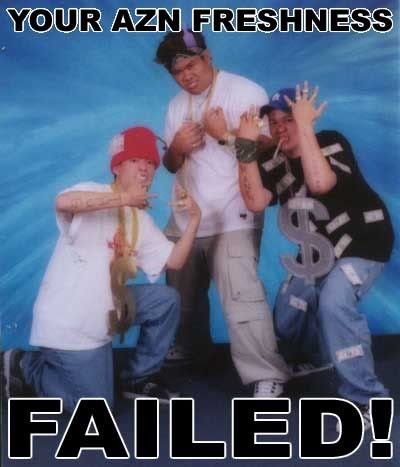HEY HUMANITY, PLAYSTATION 3 IS HELPING YOU OUT!
(Okay, apparently this is really old news, but hey, I’ve only owned my PS3 for a humble 5 months now.)
Folding@home is a project created by some fine folks at Stanford University in order to simulate molecular behavior, specifically how human proteins fold. Uh…or something like that.
This vid does a better job at explaining everything:
From what I understand in layman terms, the PS3’s processor is crazy fast, much faster than the average PC, and can basically be considered a supercomputer [edit: when several work together] (I love you, Sony). This helps speed up the folding simulation so researchers can sooner and faster understand how those evil molecules that trigger diseases like Parkinson’s, cystic fibrosis and cancer.
Owners of supercomputers,or more commonly, of PlayStation 3s/regular computers can help out by networking their hardware to the Folding@home folks.
Here’s some info on Folding@home and how to hook up your PS3 to join the cause:
http://folding.stanford.edu/English/FAQ-PS3
Folding@home is accessible through the “Life with PlayStation” application under the network icon on the main screen. Once the software is installed and updated (this took me about 10 minutes to download), you can watch Folding@home go to work.
I just started my account today.
If you go hit the triangle button while on the Folding@home channel, select “Current Channel”, then scroll down to “Identity”. Under this option, you can create a username and join a team.
If you’d like to join my team (TEAMLUM) enter this team number: 167872.
THANK YOU, SONY for making such an unnecessarily powerful, beautiful piece of machine. I’ve always been a bit of a Sony loyalist, so Sony’s unfortunate lackluster sales in the past few years has been disheartening.
Microsoft played it smart by purchasing and developing great game titles exclusive to the Xbox 360, especially multiplayer/online titles like Gears of War and Halo 3. Xbox marketed heavily towards the main gamer demographic: male gamers in between 18-32. Microsoft’s investment in great games with its gamers in mind came at the cost of cutting corners on its hardware. The Xbox 360 console has been plagued by the red ring of death and even more so by its slow tech support, customer service and repairs.
Nintendo invested in a new sort of motion interactivity with the Wii, which they marketed to non-traditional gamer demographics: the young family and women. However, Nintendo really sacrificed in the graphics/hardware department as well, and didn’t bother developing either HD DVD or Blu-Ray technology. Nevertheless, Nintendo put out a truly innovative package that has changed the face and feel of modern gaming.
Sony, on the other hand, had very big plans … perhaps too grand. Sony really put out an excellent piece of hardware, spearheading the Blu-Ray revolution and creating a console that allows room for expansion, improvement, and well…stuff like Folding@home. However, Sony’s vision is a little beyond the average consumer’s needs–as was its price.
Nevertheless, Sony has proven itself a true technological visionary through its use of Folding@home.
To top off all of its claimed social and scientific contributions, Folding@home just looks fantastic. There’s a really cool graphic that shows all the blips where people are running Folding@home all over the world. The east coast is pretty hot right now, along with some pockets of insomniacs like myself on the west coast. Much of Japan and Seoul, South Korea are lit up as well. Possibly one (??) in North Korea? What’s interesting about this whole display is that it is really telling of global affluence as well..huh, maybe that could be the next PS3 project.
In any case, I’m a pretty proud owner of my PS3 right now.
[Thanks, Stanley]




